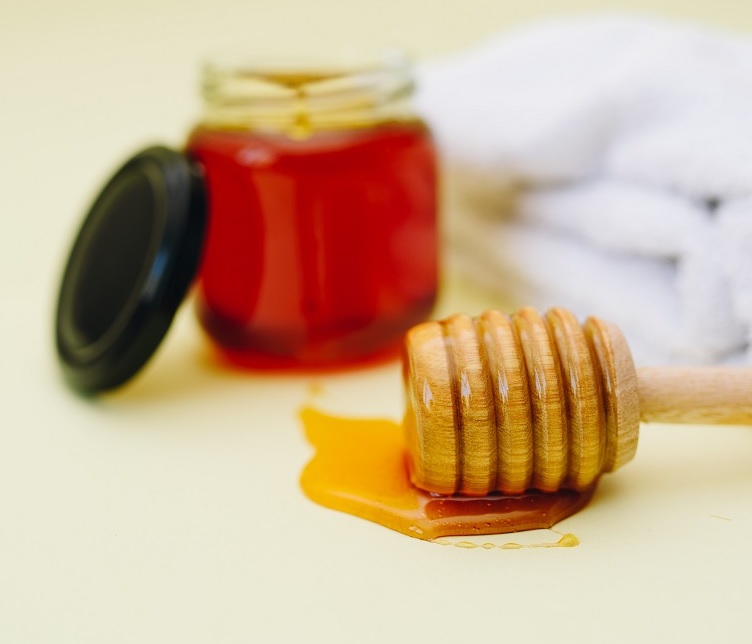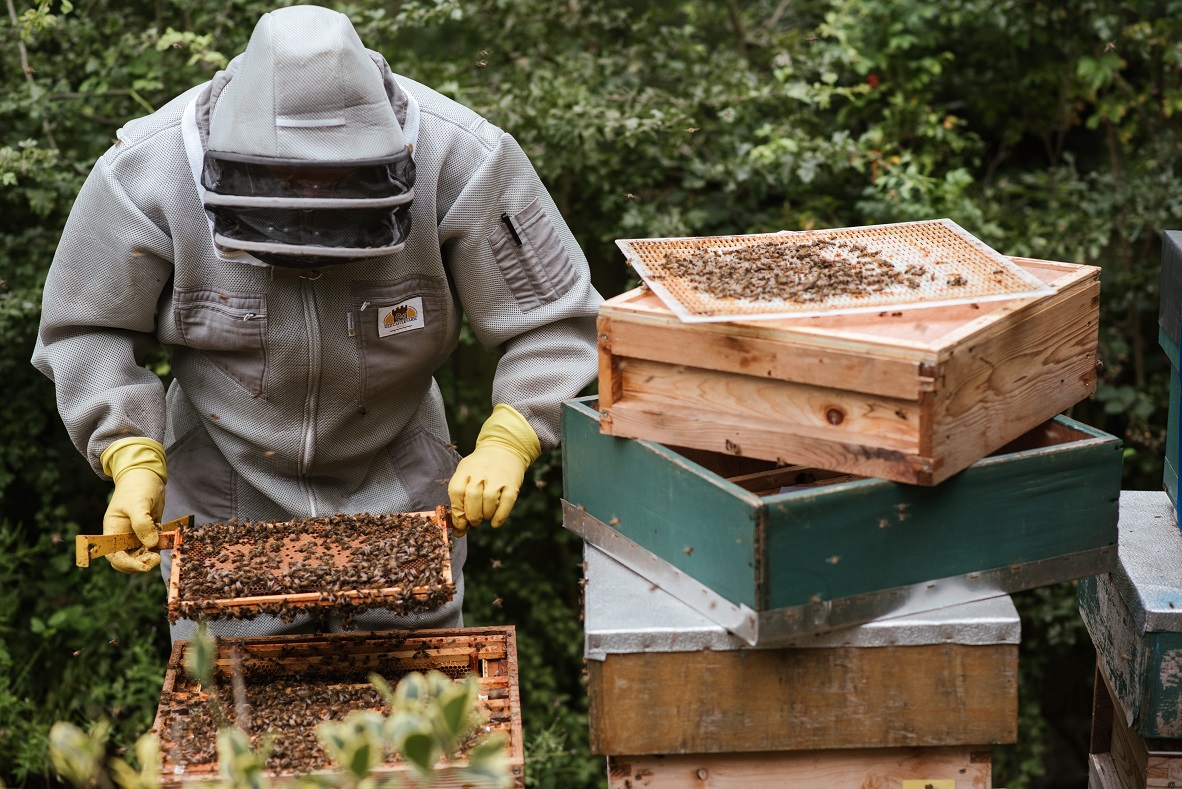Custom picked Australian Honey.
Highest quality 100% pure and natural Australian and New Zealand honeys including leatherwood, jarrah, manuka, raw, blended, organic, creamed, Leptospermum, iron bark, Tasmanian Leatherwood, eucalypt and several varieties of infused honeys. All commercial quantity orders can be packed according to your needs in small retail ready containers’ of different sizes or in large commercial barrels for rebranding.
Australian honey flavours
Blue gum – light amber, choice forest honey from the south. Karri – amber honey from the forests of Western Australia. Leatherwood – unique honey from the west coast of Tasmania, quick to candy and extra light in colour. Lucerne – mild-tasting honey. Yellow box – pale and sweet honey from New South Wales, Victoria and Oueensland. Stringy bark – strong flavoured, medium amber honey from the Great Dividing Range. Ti-tree – very strong flavoured honey used mainly in manufacturing, from the north and south. White clover – extra white honey that candies smoothly.
100% Natural Honey
We exclusively sell delicious, 100% local Australian honey and local bee products by Australian Beekeepers’ Honey. We’re a long-standing family-owned and operated business located near Brisbane, Queensland. We aim to produce the best quality 100% Australian local honey that is pure, raw and healthy – just as nature intended.
Our Honey
We exclusively sell delicious, 100% local Australian honey and local bee products by Australian Beekeepers’ Honey. We aim to produce the best quality 100% Australian local honey that is pure, raw and healthy – just as nature intended.

Australian & NZ Honey
Fine honey from Australia's most talented & highly regarded family run & 'boutique' farms.In an average year, Australian beekeepers produce between 25,000 and 30,000 tonnes of honey. Currently the value of honey and beeswax produced in Australia is around $90million annually. The current farm gate price for honey paid by packers is between $3.70 and $4 per kilogram. The price has only moved higher in recent months due to the shortage in Australia caused by drought, hot weather and bush fires
The first recorded surviving introduction of European honey bees (Apis mellifera) into Australia occurred in 1822 aboard the Isabella. Since that time, honey bees have established widely throughout Australia. Commercial beekeeping has been incredibly successful because of the extensive areas of native vegetation, particularly eucalypts and other members of the Myrtaceae and Proteaceae. This abundant native floral resource produces large quantities of pollen and nectar, making this continent an ideal climatic and geographic region for the honey bee.


